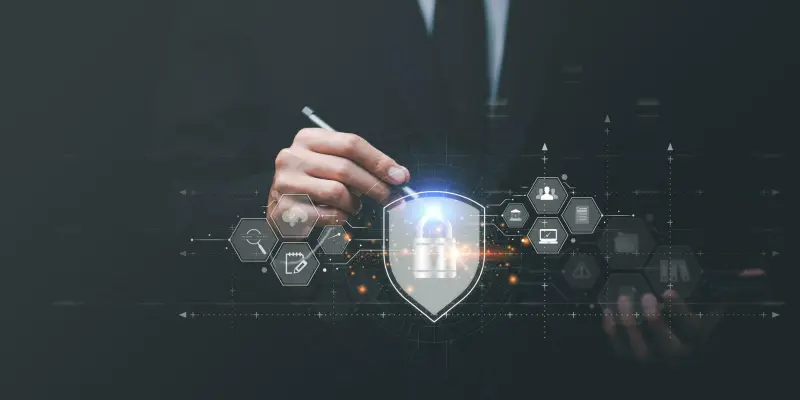Ransomware has emerged as a formidable menace in the digital age, targeting organizations across various industries with devastating financial and reputational consequences. Recent years have witnessed a concerning rise in these incidents, with organizations grappling to defend against increasingly sophisticated hacking strategies. The financial burden is no less alarming, with average incident costs reaching millions, driving businesses to urgently rethink their cybersecurity defenses.
The Escalating Threat
In the current year, ransomware attacks have reached unprecedented levels, affecting critical sectors like manufacturing, healthcare, and IT. Once relying solely on encrypting data, hackers now engage in double and triple extortion, where in addition to data encryption, they steal sensitive information and threaten public disclosures if their demands are not met. The democratization of cybercrime through Ransomware-as-a-Service (RaaS) has further complicated the landscape, allowing even novice hackers to carry out intricate attacks. This model, adopted by notorious groups like LockBit and BlackCat, offers affiliates turnkey tools, comprehensive support, and lucrative profit-sharing options, thereby facilitating a rise in ransomware incidents.
Vulnerable Infrastructure
Ransomware attackers increasingly spare no effort when targeting critical infrastructure sectors, exploiting outdated security frameworks in energy, healthcare, and governmental institutions. In a recent case, a North American energy provider was hobbled by a prolonged outage after hackers exploited unpatched vulnerabilities. Examining harrowing case studies like the Colonial Pipeline breach and more recent incidents involving the Kaseya supply chain and MOVEit data breach reveals the varied tactics ransomware actors employ. These instances highlight the evolving nature of ransomware tactics, calling for constant vigilance and strategic updates in cybersecurity measures.
Strategic Defense Measures
Efficient defense strategies, including patch management and vulnerability scanning, form the foundation of an organization’s ability to fend off ransomware attacks. Agencies like CISA offer valuable resources to aid in identifying and fixing such weaknesses, helping entities to fortify their cyber defenses. Moreover, adopting approaches like immutable backups and network segmentation play a crucial role in minimizing the impact of attacks. Regularly updated backups, stored securely offline or in immutable cloud repositories, enable rapid recovery of encrypted systems. Historical analysis of incidents like the Colonial Pipeline attack underscores the necessity of these measures, which, if deployed effectively, can significantly curtail the spread of malicious activities.
Future Directions in Cyber Defense
A shift toward zero-trust frameworks and adherence to CIS controls marks a strategic evolution in countering ransomware threats. Real-time monitoring for indicators of compromise, along with engagement in proactive threat-hunting activities, aids in early detection and response. Additionally, fostering a culture of cybersecurity awareness among employees reduces human error, which was a significant contributor to prior breaches.
Moving Forward with Determination
This year, ransomware attacks have surged to unprecedented levels, targeting critical areas like manufacturing, healthcare, and IT. The frequency of these attacks has skyrocketed, with groups such as Akira, MORPHEUS, and Gd Lockersec employing advanced extortion tactics. The rise of Ransomware-as-a-Service (RaaS) has made cybercrime more accessible, enabling even inexperienced hackers to launch complex attacks. Experts highlight ongoing cybersecurity challenges from these service models, urging companies, especially smaller ones, to bolster their defenses. Despite law enforcement efforts, RaaS remains prevalent, demanding decisive action from both the government and private sectors.

